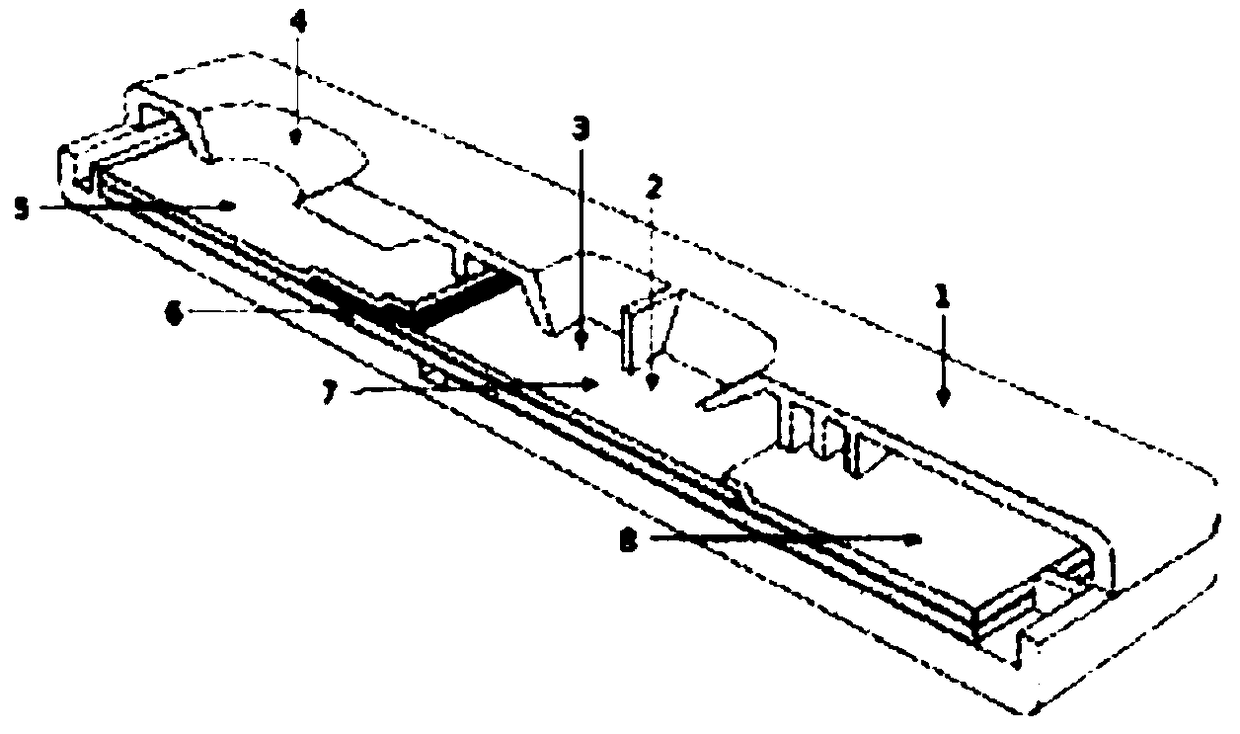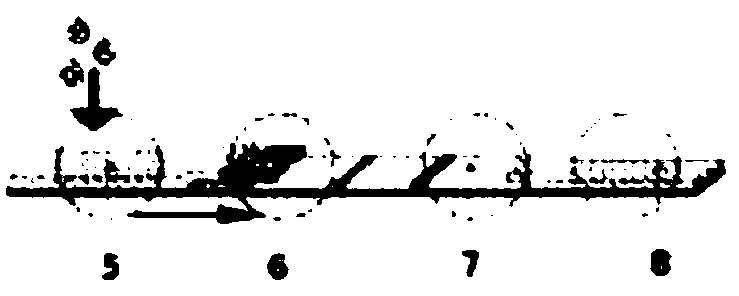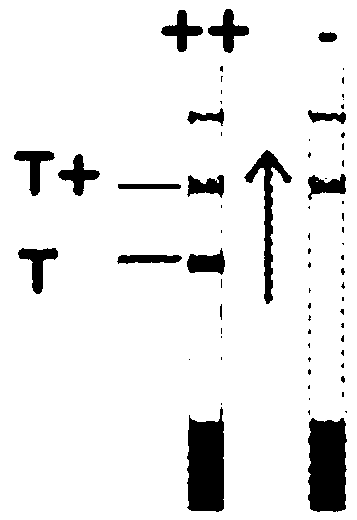Immunogenic peptides and use thereof
A technology of immunogenicity and immune complexes, applied in the field of diagnosis and pathology, can solve problems such as not being easy to use
- Summary
- Abstract
- Description
- Claims
- Application Information
AI Technical Summary
Problems solved by technology
Method used
Image
Examples
Embodiment 1
[0128] Example 1 - Identification of Peptides to be Screened
[0129] From 25 recombinant proteins of the lipolytic enzyme family, the inventors have performed an epitope screen to rank more than 800 peptides by computer simulation based on different characteristics (such as hydrophobicity, secondary structure, etc.). This sorting allowed the selection of 200 candidates that pooled the most promising multiple features for the diagnosis of active tuberculosis. Each of the 200 peptides was further evaluated for immunogenicity in an ELISA test for screening of these peptides. Based on the results obtained from the patient pool, the 30 best candidates were retained for continued technical evaluation.
[0130] Using computer algorithms and from the provided gene sequences, the main features of the diagnostic candidate proteins were identified and a classification of the most promising peptides was established. In addition to this, the inventors obtained a list of 833 overlapping ...
Embodiment 2
[0151] Example 2 - Reactivity of 4 Peptides on Samples from Different Individual Patients in the Pool Used for Screening
[0152] To confirm that the peptides studied were in fact capable of diagnosing active tuberculosis, the inventors tested 4 peptides (M3:SEQ ID NO:3; C12:SEQ ID NO:2; C2:SEQ ID NO:1 and O7:SEQ ID NO :6) Reactivity.
[0153] The table below shows the results obtained with sera from 16 patients:
[0154] patient
M3
C12
C2
O7
#1
+++
+++
+++
+++
#2
+++
+++
+
+ / -
#3
+++
+ / -
+ / -
+ / -
#4
+++
+++
+ / -
+
#5
+++
+
+
+ / -
#6
+++
+
+ / -
+++
#7
+++
+++
+ / -
+ / -
#8
+++
+ / -
+++
+++
#9
+++
+++
+ / -
-
#10
+++
+++
+++
+++
#11
+
+ / -
+ / -
-
#12
+
+ / -
+ / -
+ / -
#13
+
+
+ / -
-
#14
+ / -
+
+
+
#15
+ / -
-
+ / - ...
Embodiment 3
[0157] Example 3 - Comparison of the reactivity of peptides according to the number of batches of pooled samples used
[0158] In order to assess the reactivity of the peptides and select the most promising peptides for use in the diagnostic test for active tuberculosis, the inventors evaluated the immunogenicity of each peptide on several different pools of samples. Those reactive to all tested sets were selected as the best candidates. The table below shows examples of 3 test peptides in two different pools of positive samples.
[0159] peptide
OD Negative Collection
Positive Set 1 Ratio
Ratio of Positive Set 2
D7
0.303
1.7
1.7
C4
0.077
-0.3
1.8
B4
0.408
0.9
1.0
[0160]At the end of the screen the peptides with a discovery ratio of 1.5 that were the best diagnostic candidates for active TB were selected. Among all peptides tested, some peptides had ratios >1.5 for both pools of patients (Example D7), w...
PUM
 Login to View More
Login to View More Abstract
Description
Claims
Application Information
 Login to View More
Login to View More - R&D
- Intellectual Property
- Life Sciences
- Materials
- Tech Scout
- Unparalleled Data Quality
- Higher Quality Content
- 60% Fewer Hallucinations
Browse by: Latest US Patents, China's latest patents, Technical Efficacy Thesaurus, Application Domain, Technology Topic, Popular Technical Reports.
© 2025 PatSnap. All rights reserved.Legal|Privacy policy|Modern Slavery Act Transparency Statement|Sitemap|About US| Contact US: help@patsnap.com



